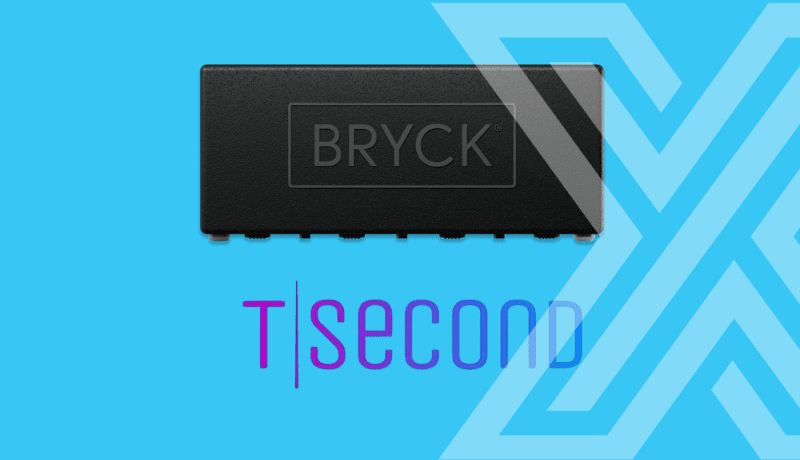With GCSE results out today and expected to have been the toughest yet with the new grading system, it got us thinking. How essential is technology to the way our students learn?
When I think back to my school days, which actually weren’t too long ago (no, really!), the overhead projector was the latest mod-con to hit the assembly hall and the chalkboard was still the smartest way to share real-time lesson content.
Well, technology has come a long way since those days, yet we still managed back then. Students were still learning, achieving and prospering from their education. So if we were able to nurture success before the technology boom, why is it so important in today’s classroom?
Here are 4 reasons why we believe technology now plays a critical role in learning:
1. Students demand it
Teens spend nearly 9 hours every day consuming media and have grown up immersed in technology, so keeping up with this demand is essential. The innovative adoption of technology can also play a key role in the recruitment of the next student body but IT departments should ensure that core infrastructures and applications have the flexibility to support these changes.
2. Learn at their own pace
Traditional learning could often be fast paced, risking a drop off of concentration and understanding. With the integration of technology in the classroom and learning concepts such as flipped learning, students can learn at their own speed, pause, and recap whenever they need, meaning that the more advanced student can go ahead, freeing up the teacher to provide support 1:1 to those who need it.
3. Enhance Engagement
Feedback from our customers over the years suggests that students learn best being more interactive. This is particularly apparent in STEAM subjects where content is often more complex. Technologies such as 3D print and robotics are leading the way in STEAM by breaking down the learning barriers and offering more practical methods of learning, whilst future-proofing students as they enter the workplace.
4. Enable Collaboration
Technology permits a connected world and in this case, a connected learning environment. With intelligent applications such as Office 365 and G Suite, students and teachers can communicate, collaborate, chat and use the familiar productivity applications in a secure environment.
As experts in education technology, we are close to the market and its trends. Here are a few technologies that are already making a real impact in the classroom:
Chromebooks
Chromebooks are taking over the classroom and the reasons are simple. They are cost effective and affordable, feature an all-day battery life and instant on functionality; and with Chromecast, students and teachers can instantly share their screen.
If you are interested in Chromebook, you should check out our latest offer! You can get a HP Chromebook for as little as £65.00!
3D print
For reasons we’ve previously discussed, 3D printing can play a valuable part in STEAM subjects, transforming the classroom into an interactive learning environment.
iPad
iPad is the ideal computing companion both inside and outside of the classroom. Its portable format, instant load up time and touch screen makes life easy for teachers and students alike. Perfect for internet research, making videos and music, taking lesson notes and sharing and managing content. What’s more, iPad is now much more cost effective and has full integration with cloud platforms such as Google and Microsoft.
So it’s clear, we have come a long way since school days were guided by a text book and piece of chalk. The dawn of the internet revolutionised the way we gained information and technology evolved around us – so much so, that teens today are technology native and would probably rather swap their right kidney than sacrifice their mobile phone.
That said, technology has enabled personalised, engaging and even mobile learning. Its enhanced collaboration and takes traditional subjects such as science, engineering and technology to the next level. Without it, the classroom struggles to thrive which is why building a technology environment that supports these trends is essential.
Is your tech up to the task?
Not sure how to enable cloud managed mobility, whether your network can support the load or how flipped learning can really make a difference? Our specialists have the answers and can help determine whether your existing IT is up to the job.
Ben Brown
Head of Schools












 Monitoring by Hotjar
Monitoring by Hotjar